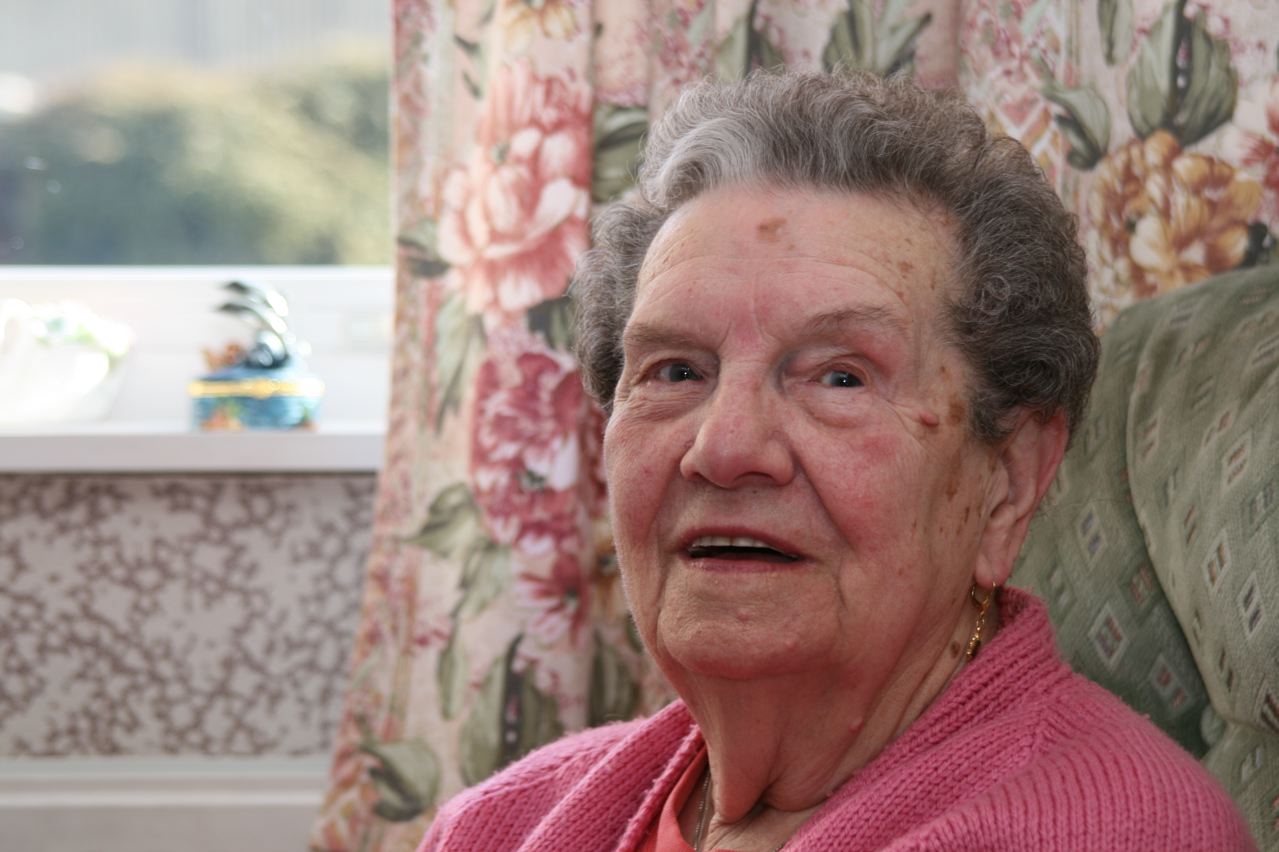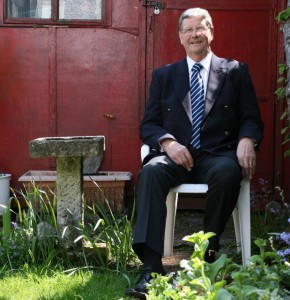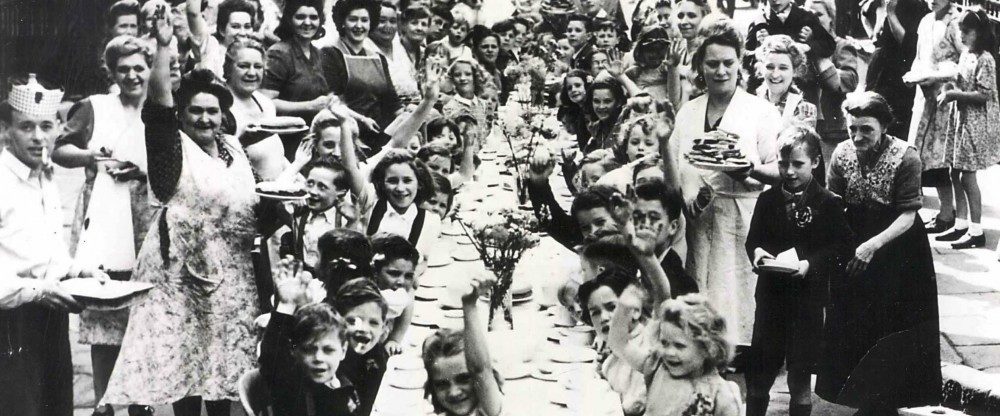
Photograph by Peter Marsh (c) 2011
The Milford Street Bridge Project is a classic example of how oral history has been used to facilitate community engagement in Salisbury. Barbara was lead oral historian and a member of the steering group of this Heritage Lottery Funded public history project that is very popular with local people.
It all began when a whole community in the Milford Street Bridge area received compulsory puchase orders for their homes and businesses from Salisbury Council to make way for the controversial inner relief road in the late 1960s. The residents witnessed the demolition of their homes and businesses where generations of their families had lived and worked. A community was lost forever – but not forgotten. The Milford Street Bridge Project engaged local people in the area in discovering their community history before the relief road and the Bridge was built. Barbara trained adult volunteers to undertake oral history interviews with locals whose lives had been affected by the building of the road. Their individual oral histories contributed to the greater history of the area. Volunteers interviewed people whose paths would never have normally crossed in today’s society. They enjoyed meeting and learning so much from their interviewees; some have established longer-term friendships since. The interviewees enjoyed remembering their long forgotten memories and felt valued and pride as they contributed to the creation of their local history which has been archived in the Wiltshire and Swindon Archives and Salisbury Museum. A free CD was published with extracts from the recordings.

Listen to Margy Bodger remembering the long gone Crystal Fountain Inn, Salisbury and Percy Andrews, the ‘cow-walloper’. The Inn was demolished in 1969, to make way for the Inner Relief Road.

Listen to Ken Edwards remembering the cattle arriving at Milford Goods Yard (now closed) and running through the streets to Salisbury Market in the 1950s.
These recordings are a public resource. They can be accessed by the public and can also be used in many ways, for example, as sources for research, radio and exhibitions etc. But Salisbury has also gained a surprise visual legacy which has brightened up the ugly concrete Milford Street Bridge. A large mural has been painted depicting some of the characters, businesses, buildings and themes that emerged from the oral histories of the area. A more detailed description of the Project and how it engaged with its Community is contained in Barbara’s essay published in the Sarum Chronicle: The History of Salisbury and its District and reproduced with their kind permission: B4 The Bridge (Sarum Chronicle Issue 11: 2011).
Milford Street Bridge Project’s Online Memory Walk
Barbara was instrumental in creating the online Memory Walk with volunteers. The walk is accessible with Smart devices or can be downloaded before the walk.
Oral History in Your School
Barbara created an oral history school’s learning resource pack, ‘Oral History in Your School‘ to complement other learning resources, created by other professionals for the project with local schools. This a guide on how oral history can be used in schools.
Portfolio: Wiltshire Black History
Portfolio: Cranborne Chase AONB

